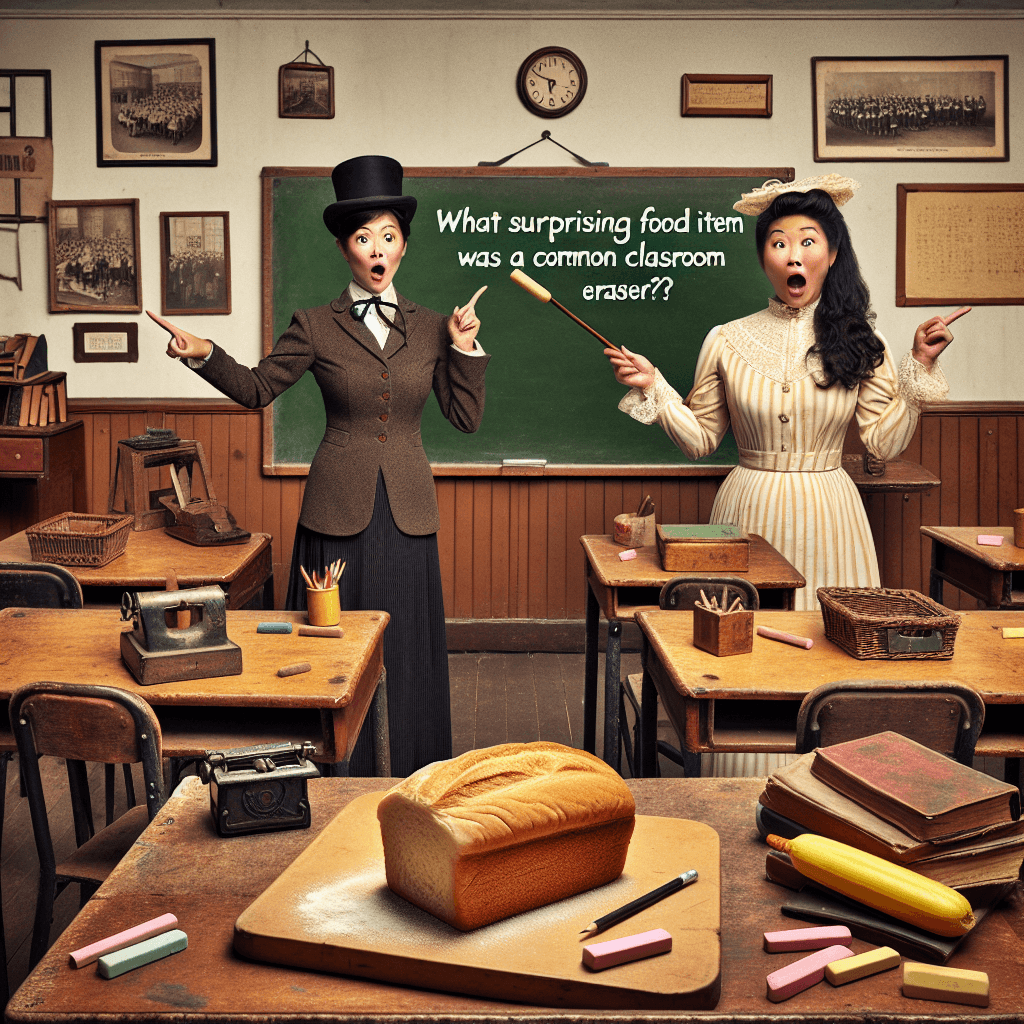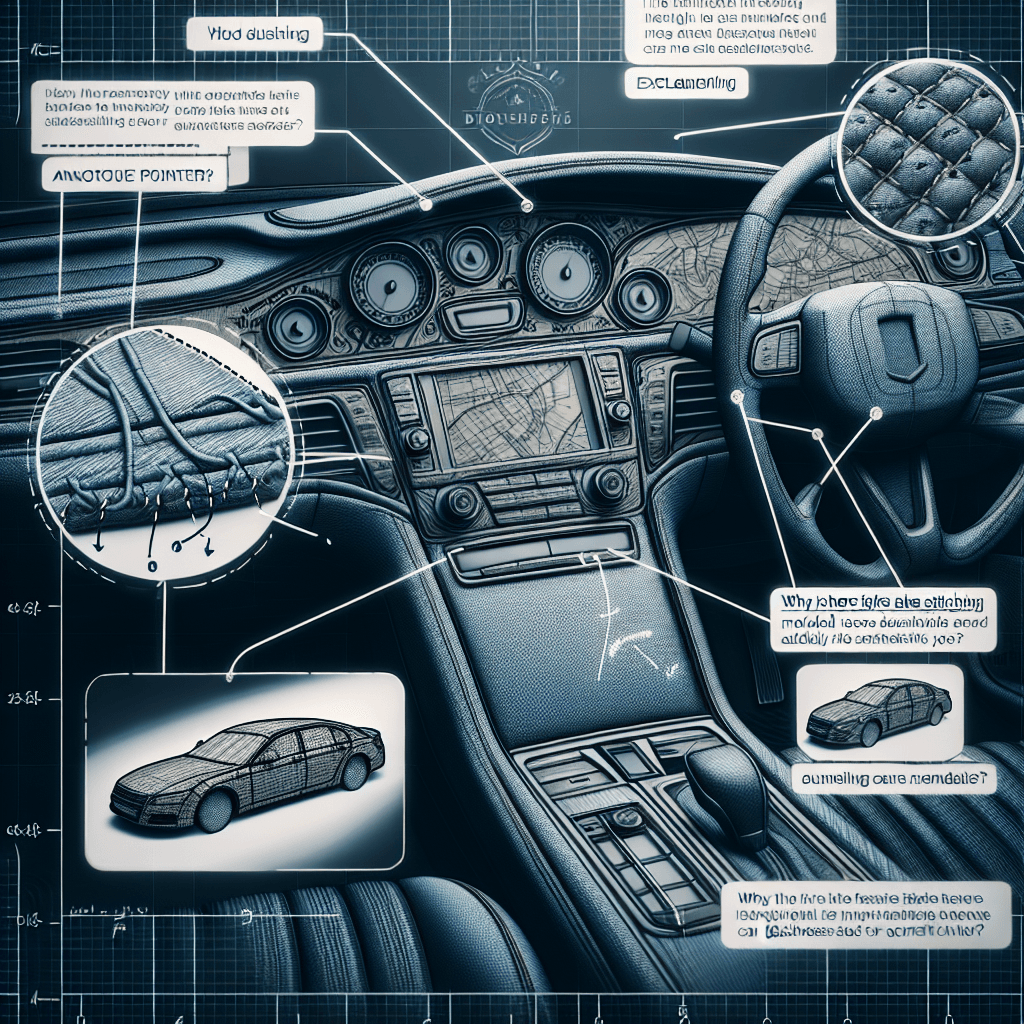From Loaf to Learning: What Surprising Food Item Was Once a Common Classroom Eraser
Before the invention of modern rubber erasers, what did students and artists use to correct mistakes? The surprising answer might just be sitting in your kitchen pantry.


Too Long; Didn't Read
Before rubber erasers were invented, people used pieces of bread to erase pencil marks.
From Loaf to Learning: What Surprising Food Item Was Once a Common Classroom Eraser?
Ever stared at a pencil mark, wishing it would vanish, and reached for that trusty pink or white block? Erasers are such a ubiquitous part of our stationery kits that we rarely give them a second thought. But imagine a time before vulcanized rubber, before the convenient erasers we know today. What did students and artists use to correct their mistakes? The answer might just be sitting in your kitchen pantry! This blog post delves into the fascinating history of erasers, revealing the common, yet surprising, food item once tasked with rubbing out errors.
The Pre-Rubber Era: A World Without Erasers as We Know Them
Before the advent of rubber erasers, correcting mistakes, especially those made with graphite pencils, was a more rudimentary affair. Early methods for removing marks from paper or parchment included:
- Scraping: Using a knife or other sharp object to carefully scratch away the ink or graphite. This was effective but risked damaging the paper.
- Abrasive stones: Materials like sandstone or pumice were sometimes used to rub away markings, acting like a very coarse eraser.
- Wax tablets: For less permanent writing, styluses were used on wax tablets, and mistakes could simply be smoothed over.
However, for marks made by early graphite pencils (then known as "lead" pencils, though they contained no actual lead), a more common, and far more organic, solution was found in an everyday foodstuff.
The Culinary Corrector: Bread to the Rescue!
The surprising food item once commonly used as a classroom eraser was bread. Yes, you read that correctly – a humble piece of bread!
Why Bread?
Moistened, crustless bread, often stale bread that had been balled up, proved surprisingly effective at lifting graphite marks from paper. Its slightly sticky and absorbent texture allowed it to pick up the graphite particles without smudging them too much, at least compared to other readily available options at the time. Students would tear off a small piece of bread and dab or rub it onto their pencil mistakes. White bread was generally preferred as it was less likely to leave colored crumbs.
The Downsides of Dough
While ingenious, using bread as an eraser had several obvious drawbacks:
- Messiness: Bread could crumble and leave behind more residue than the graphite it was meant to remove.
- Perishability: It would go stale, moldy, or attract pests like mice and insects if left lying around. Students likely needed a fresh "eraser" quite regularly.
- Inefficiency: It wasn't always perfectly effective and could still smudge or damage delicate paper.
Despite these issues, bread remained a common tool for erasure for centuries, particularly for artists and draftsmen working with graphite.
The Dawn of the Rubber Eraser
The shift away from bread began in the late 18th century. In 1770, English engineer Edward Nairne is widely credited with selling the first rubber erasers in Europe. Legend has it that he accidentally picked up a piece of rubber instead of breadcrumbs to erase a pencil mark and discovered its superior erasing properties. Around the same time, or slightly earlier, British chemist Joseph Priestley also noted rubber's ability to rub out pencil marks, even coining the term "rubber" for the material due to this property.
However, these early natural rubber erasers weren't perfect. They were perishable, would crumble with age, and often had an unpleasant smell. The real game-changer came in 1839 when Charles Goodyear developed the process of vulcanization. This treated rubber with sulfur, making it more durable, elastic, and less sticky, transforming it into the stable material we know today and paving the way for the modern eraser.
The Eraser Evolves
With vulcanized rubber, erasers became far more effective, durable, and affordable. By the mid-to-late 19th century, rubber erasers had largely replaced bread in classrooms and offices. Over time, further innovations led to the variety of erasers available today, including:
- Pink erasers: Often made with pumice for a slightly more abrasive quality.
- Vinyl or plastic erasers: Known for being less abrasive and leaving less residue than traditional rubber.
- Art gum erasers: Soft and pliable, good for delicate surfaces.
The transition from a piece of stale bread to the sophisticated synthetic polymers used today showcases a remarkable evolution in a seemingly simple tool.
A Slice of History in Your Pencil Case
The journey of the eraser from a kitchen staple to a purpose-built stationery item is a fascinating glimpse into human ingenuity and the incremental improvements that shape our daily tools. While bread served its purpose for a considerable time, the accidental discovery and subsequent refinement of rubber provided a far superior solution for correcting our written blunders. So, the next time you reach for an eraser, remember its humble, edible ancestor, and appreciate the innovation that means your study snacks and stationery supplies can remain distinctly separate!


